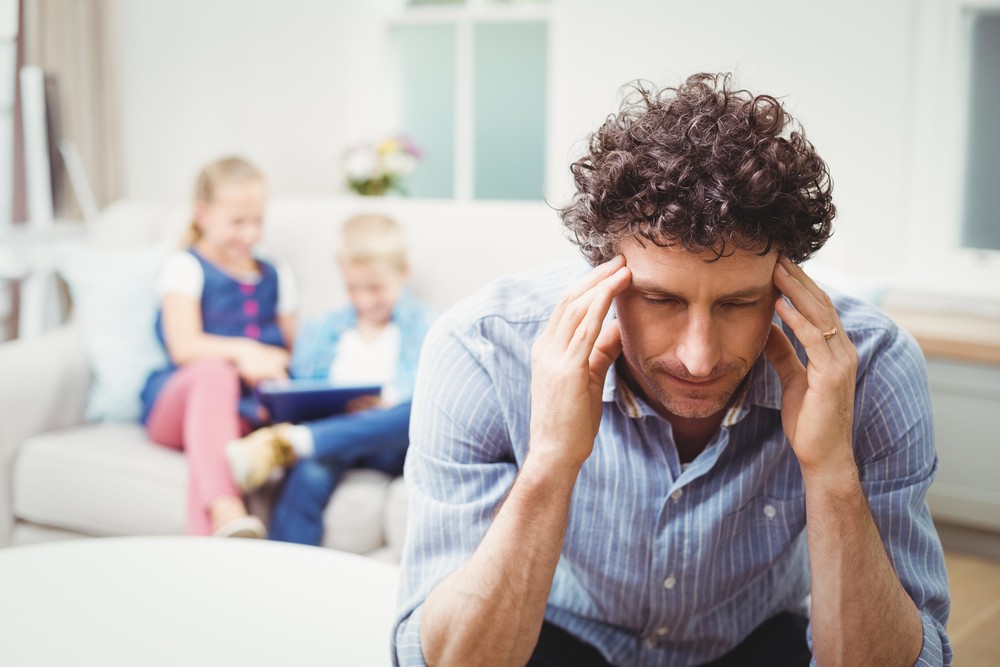More than just Winter Blues?

The beginning of November marks the end of Daylight Saving Time, which means earlier sunsets in addition to less daylight overall. As we enter the time of year with added darkness, colder weather, and more time being cooped up inside, it’s not unusual to experience a dampened mood. But, for some, this mood is much more than the average “winter blues.”
According to the National Institute of Mental Health (NIMH), Seasonal Affective Disorder (SAD) is a type of depression that comes and goes with the seasons, typically starting in the late fall and early winter and going away during the spring and summer. People who suffer from SAD typically see the onset of symptoms annually, coinciding with the same time we roll our clocks back.
There are a variety of factors that may cause SAD, including living far from the equator or in the northern hemisphere and family history. Biology plays a large role as well.
“Your serotonin lowers and your melatonin also is off key, so you’re not waking and sleeping like you should during the more light times of the year. So we encourage people to get out there, be in the sun when you can, maybe use these alarm clocks that mimic the dawn so you raise to a certain amount of ‘dawn’ type of light, even if you’re waking in the darkness,” says Marybeth Evans, Licensed Clinical Social Worker, OSF HealthCare
She continues, “A lot of people use light therapy. People report an improvement in their mood by using a light, and there are different kinds of light, but it takes out the ultraviolet rays and allows you to get bright light that you’re missing in the winter months.”
According to the American Psychiatric Association (APA), common symptoms of SAD include fatigue, even with too much sleep, and weight gain associated with overeating and carbohydrate cravings. SAD symptoms can vary from mild to severe and can include many symptoms similar to major depression.
It is estimated five percent of adults in the U.S. experience SAD with symptoms typically lasting about 40% of the year.
“It can affect anybody, mostly from adolescence on. Children and older adults can get it, but the majority of people who have Seasonal Affective Disorder are women in their child-bearing years. You might see somebody as they’re becoming a teenager start to be a little sadder during the winter months, and that kind of perpetuates into their child-bearing years or over. So basically it’s a health condition they need to be aware of and treat over the lifespan,” Evans explains.
The most important thing is to be aware of how you are feeling and do things to keep you moving.
“Those things that make you feel better during the warm months – keeping active, eating right, keeping a regular sleep schedule. Because sometimes people want to hibernate like a bear, and that’s not really recommended because that can also make it harder for you to function during the day,” says Evans.
This year has already taken a toll on the mental health of people across the U.S. due to the COVID-19 pandemic, and experts warn the end of Daylight Saving Time may increase this even more. Evans recommends seeking professional help if self-care at home does not seem to help.
“I think any time somebody is telling you that you seem sad or you seem like you’re not functioning well, or you know yourself that you can’t do your regular activities – things that in other periods of your life you have been able to do and all of a sudden you can’t. You can’t get up for work or you can’t attend to your children or you can’t feel happy about anything. You lose your sense of pleasure in life. That’s basically what depression does. And I think at that point anybody should seek counseling,” Evans advises.
Resources
- OSF SilverCloud: A secure, anonymous, interactive online platform
- Crisis Text Line: Text “SIGNS” to 741741 for 24/7, anonymous, free crisis counseling
- National Suicide Prevention Lifeline: 1-800-273-8255 (TALK)

